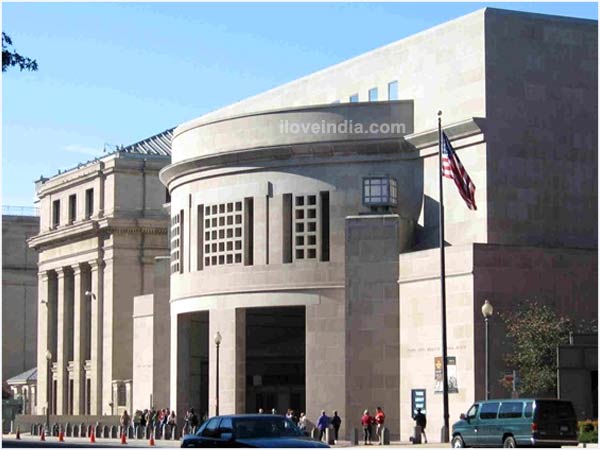Beside the National Mall in Washington DC, stands a monument in the memory of the death of millions who died in the Holocaust during the Nazi regime in World War II—United States Holocaust Memorial Museum. A living memorial that narrates the dreadful genocide that ended up killing nearly two-thirds of the European Jews, the museum is an inspiration for the humankind to promote dignity while confronting hatred and preventing genocide. The museum has been visited by nearly 30 million visitors ever since it was first opened to public in 1993. Interestingly, over 90 percent of the visitors are not Jews, though the museum has been dedicated to the massive bloodbath of Jews in Nazi Germany. Check out more interesting and fun facts about the US Holocaust Memorial Museum in the lines that follow below. Interesting & Fun Facts About United States Holocaust Memorial Museum
- The US Holocaust Memorial Museum has been designed by architect James Ingo Freed of Pei Cobb Freed & Partners, one of the few Holocaust survivors.
- Weiskopf & Pickworth, Cosentini Associates LLP, Jules Fisher, and Paul Marantz are some other partners that largely contributed towards the construction of United States Holocaust Memorial Museum.
- While the Meyerhoff Theater and Rubenstein Auditorium have been designed by Jules Fisher Associates of New York City, the Permanent Exhibition was devised by Ralph Appelbaum Associates.
- The museum is home to over 12,750 artifacts, 49 million pages of archival documents, 80,000 historical photographs, 200,000 registered survivors, 1,000 hours of archival footage, 84,000 library items, and 9,000 oral history testimonies.
- After the museum was completed, American President Bill Clinton, Israeli President Chaim Herzog, Chairman Harvey Meyerhoff, and Elie Wiesel delivered the dedication speeches on April 22nd, 1993.
- Various environments, like a boxcar and barracks; artifacts, such as shoes, eyeglasses, suitcases and concentration camp uniforms and insignia; photographs; and documentary films have been used to give a glimpse to the viewers into the lives and fates of the victims.
-
Apart from the artifacts a
 nd photographs, the collections have been divided into archives, film and video, music, oral history, management, and conservation.
nd photographs, the collections have been divided into archives, film and video, music, oral history, management, and conservation. - The official memorial of the United States Holocaust Memorial Museum dedicated to the six million victims and survivors of the Holocaust is the octagonal Hall of Remembrance. Here, visitors are allowed to light candles, visit the eternal flame and simply, remember the massacre in silence.
- The major highlight of the museum is the Permanent Exhibition which features historic film footage and eyewitness testimonies. The four-storey elevator guides the visitors through the story of a random victim or survivor of the Holocaust.
- The construction of this museum was just the beginning of bringing the Holocaust to the attention of the world, which was evident from the 59 Holocaust museums that were built across major American cities, including Los Angeles, New York, Houston, St. Petersburg, Chicago, Boston, Dallas and Boca Raton.
- Under the directorship of Sara J. Bloomfield, various leadership programs have been created, like National Institute for Holocaust Education, Center for Advanced Holocaust Studies, and Academy for Genocide Prevention, to name a few.

 nd photographs, the collections have been divided into archives, film and video, music, oral history, management, and conservation.
nd photographs, the collections have been divided into archives, film and video, music, oral history, management, and conservation.